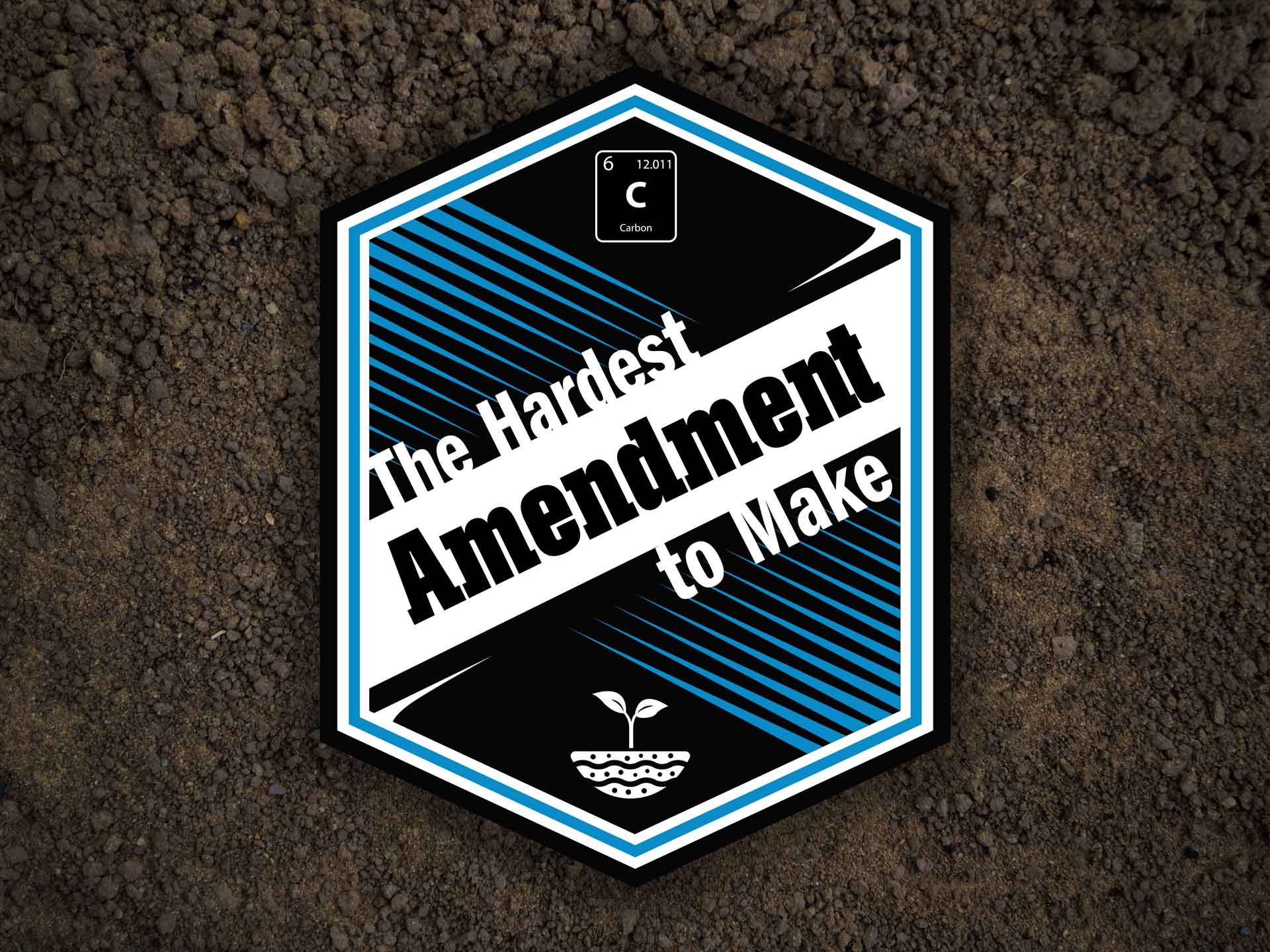Farmers are like athletes. However, your opponent is good ol’ Mother Nature. Like an athlete you have to prepare for the coming season, fight through pain and injury, while anticipating every move your opponent is going to make. Every athlete I know has always looked for that edge to get them to peak performance. Protein, energy drinks, recovery solutions, heat and cold therapy. When mother nature is on her game, she has the best curve ball in the business. But today, the astute farmer has a much better chance of hitting it.
Solutions to Soil Amending
There aren’t any simple solutions to soil amending. Our trees remove a lot of soil nutrients. We have to find ways to replenish them and make more available. Mother Nature doesn’t know that we have stolen her playbook and taken some cues from her coach. God made soil biology to do a lot of the work for our plant. They weather and mine nutrients all the time to make them available for our trees to drink. Detritus, incorporated into the orchard floor becomes future crops organic matter. “Organic Matter (OM)” is the net that keeps structure, stabilizes nutrients, sequesters carbon dioxide and holds water in our soils. Increasing OM is an ongoing process.
In the fall, most of my farmers apply decent amounts of compost to their orchards. Many of them are now incorporating cover crops into their middles. Treating this as a two-step approach to building soil organic matter is a huge benefit to creating better and more active soil with more benefit than either of them separately. More active and fertile soil helps ensure our trees have the building blocks they need to flourish.
Carbon
Why? Carbon. We always talk about 16 nutrients critical to plant health. Nitrogen (N), phosphorus (P), potassium (K), calcium (Ca), magnesium (Mg), sulfur (S), are the big 6 right? Well, if those are the big 6 we seldom reference the humungous 3. C,H, and O. Like the human body, Carbon, Hydrogen and Oxygen comprise almost all of a living tree by weight.
In a message from Jay Hayek, an Extension Specialist from Illinois with the Forestry Department, he quoted Dr. Jay Howe:
“It varies by species and other factors; however, it is often reported that live trees are approximately 50 percent water by weight and 50 percent carbon (oven-dried weight).More precisely:
“Dry (moisture-free) wood is about 48-50 percent carbon, 38-42 percent oxygen, 6-7 percent hydrogen and a number of other elements, such as nitrogen and sulfur in very small percentages. These percentages are based on the weight of the elements as a percentage of dry wood mass. Living trees, however, are very wet. In fact, although there can be great variation between tree species (and seasonally), a living tree may be made up of more than two thirds water by mass. Thus, a living tree is made up of 15-18 percent carbon, 9-10 percent hydrogen, and 65-75 percent oxygen by mass.” Source: Jeff Howe, PhD
We spend so much time trying to get the 16 right that we let Carbon slip through the cracks. Our trees “breathe” Carbon dioxide from the air and assimilate Carbon upstairs. But downstairs, they need the love as well. And all that soil biology is depending on it.
Do the Math
Lets do the math: 3 tons of quality compost will cost you about $120 per acre. By quality, I mean that it has been cured for at least 1 year (more if you can get it). When it arrives and you lift the tarp or open the gate, make sure it doesn’t wreak of ammonia. That isn’t cured compost. It can do more harm than good to upset the balance of a stable and active biology. Cover Crop seed, depending on species, will cost you between $25-$50 per acre plus planting costs. Lets say an additional $20 per acre in labor and diesel. On the high side that’ll add up to less than $200 per acre. Now for the benefit. A good cover crop out here in the West such as Beans, Peas, Vetch and Barley can get to two feet high. That massive amount of green matter can be as high as six tons per acre dry matter. When that is disked in you’ve just added a total of nine tons of cured compost and green waste to your soil. Studies have shown a good cover crop can also release up to 50 units of Nitrogen eight weeks after incorporation. That amount of Organic Matter reconstituted into low OM soils can have dramatic effects in a few short years.
Lasting Benefits
Increases in soil organic matter will have so many lasting benefits. Soil structure improves. Tilthe improves. Soil biology improves. Weed control improves. Nutrient and water holding capacity improves. Nutrient incorporation and assimilation improves dramatically as soil biology flourishes.
When Mother Nature serves up another drought pattern, improved water holding capacity can ensure a higher yield. A weather pattern conducive to phytophthora in wet conditions can be diminished by a soil structure that moves water effectively through the profile. Pythium, nematodes and fusarium can be thwarted by active biology competing with them or eating their eggs. Mother Nature is relentless to farmers. But we are a tough breed. We never stop learning. Working hard has never been an issue for a farmer. Prepare, plan and perform. Countering Mother Nature’s detrimental moves by building our soil health will give us that edge. Having our soils at peak performance will take that next curve ball she throws and hit it out of the park.











